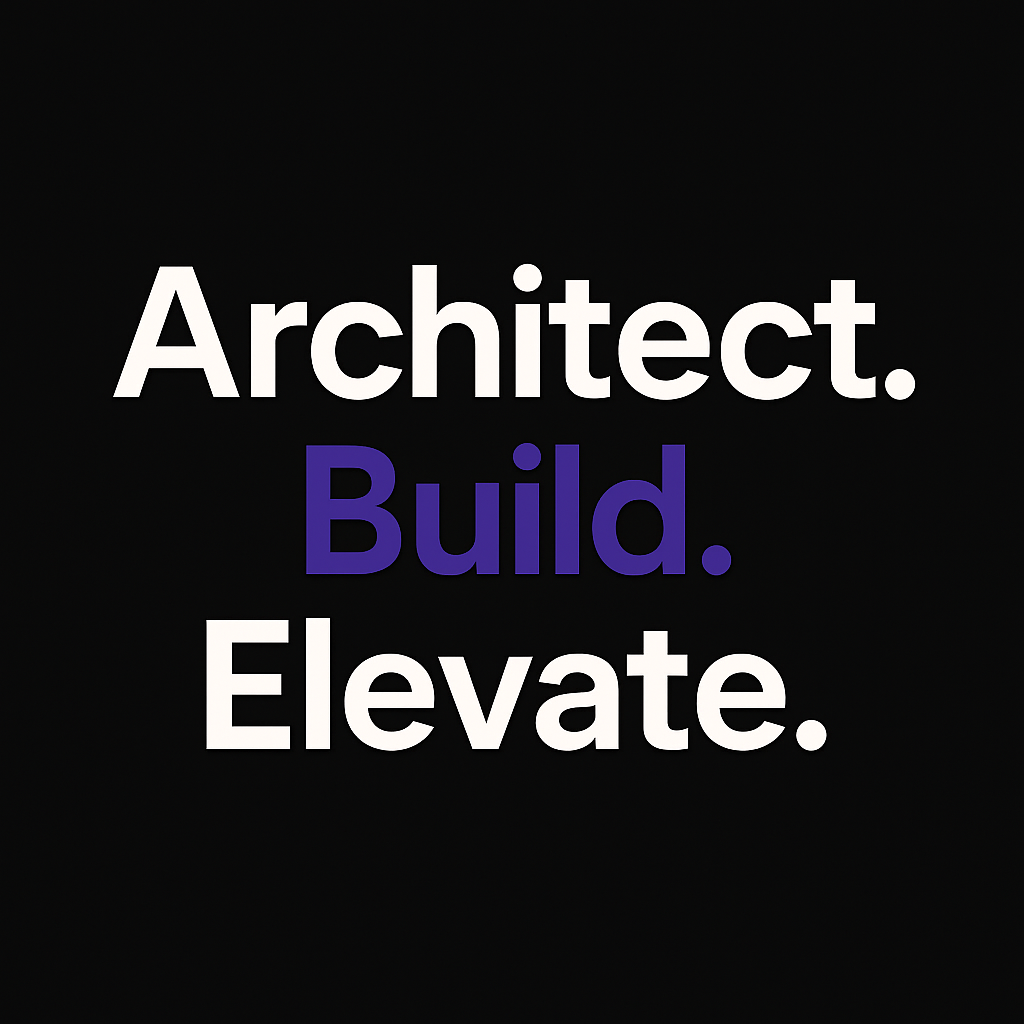Building My Blog with React and Sanity.io
As a developer with experience in Java and TypeScript, I wanted a blog that gave me complete control over both structure and presentation—without the weight of a traditional CMS. Sanity.io turned out to be the perfect fit.
I recently integrated Sanity with a custom React frontend, and the experience has been excellent. It gives me the flexibility of a headless CMS while allowing me to manage everything directly in code.
Tech Stack Overview
React: Framework powering the frontend
Sanity Studio: Customizable headless CMS editing interface with schema and role control
Sanity Content Lake: Structured API layer that provides GROQ-based access to content
Tailwind CSS: Utility-first framework for styling and responsive design
Vercel: Platform used to deploy both the frontend and Sanity Studio
How I Set It Up
I placed the Sanity Studio inside my main Git repository under a “studio” directory so that the CMS and frontend share version control.
To initialize Sanity locally, I created the directory and ran the setup command. During development, the Studio runs locally so changes can be tested instantly.
On the frontend, I configured the Sanity client with my project ID and dataset to establish communication with the Content Lake. To display posts, I used a GROQ query to retrieve all documents of type “post” and ordered them by publication date.
Why Sanity?
Sanity stands out for its flexibility and developer experience. I define the content model myself instead of being forced into default templates. The real-time editing in Studio is seamless, and Portable Text provides rich, structured output that integrates easily with React.
It works with any frontend framework—React, Next.js, Vue, or otherwise—and lets me evolve the UI and CMS independently. I can iterate on the frontend without having to modify the schema, which keeps development smooth and efficient.
I wanted full control without reinventing the wheel, and Sanity hit that balance perfectly.
What’s Next
This project is just the beginning. I plan to write more about:
Cloud architecture for small and mid-sized development teams
Clean frontend engineering practices
Integrating external APIs into modern apps
Developer productivity and tooling setups
If you’re a developer looking to build a custom, modern site with full control over both content and presentation, Sanity.io is an excellent place to start.
